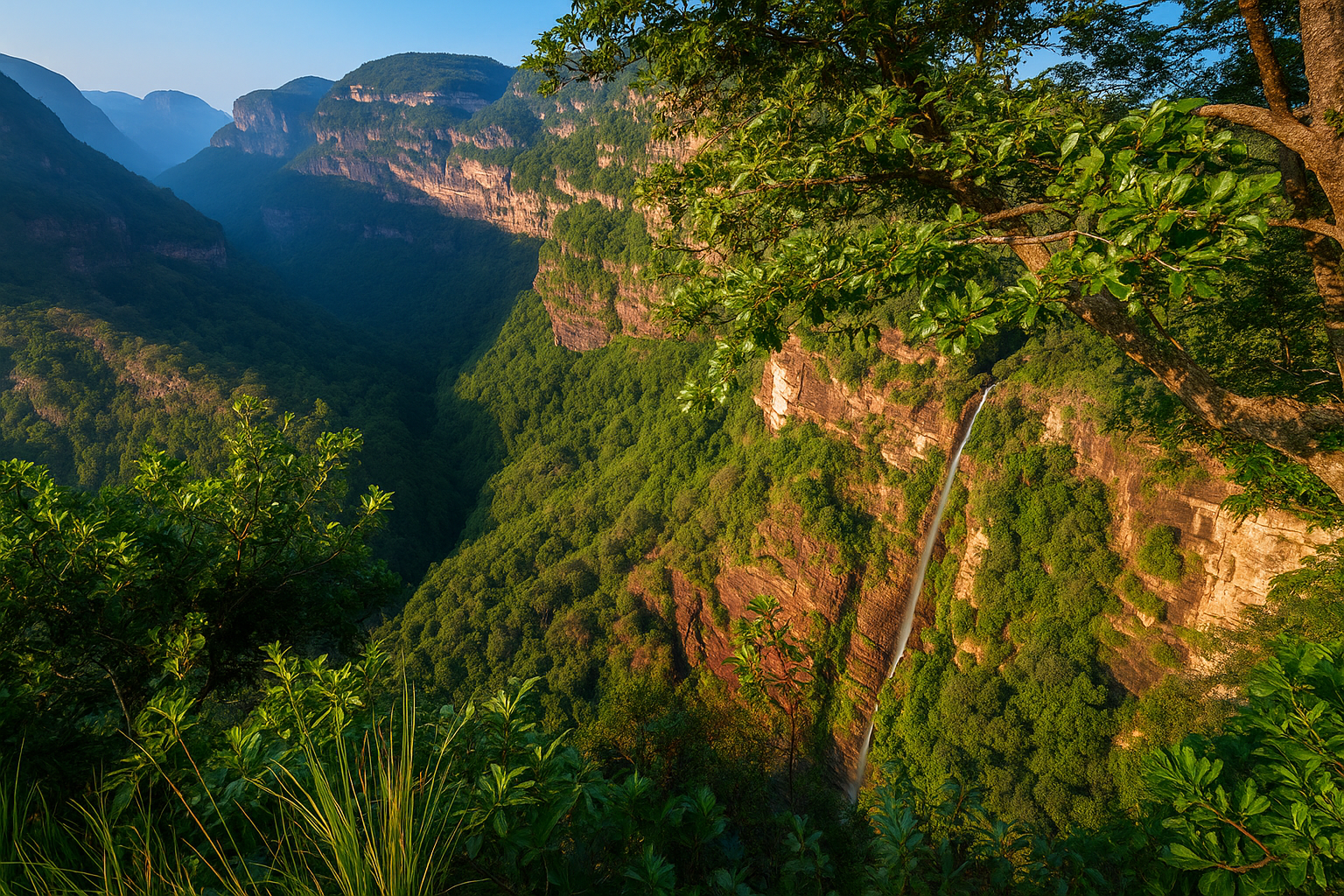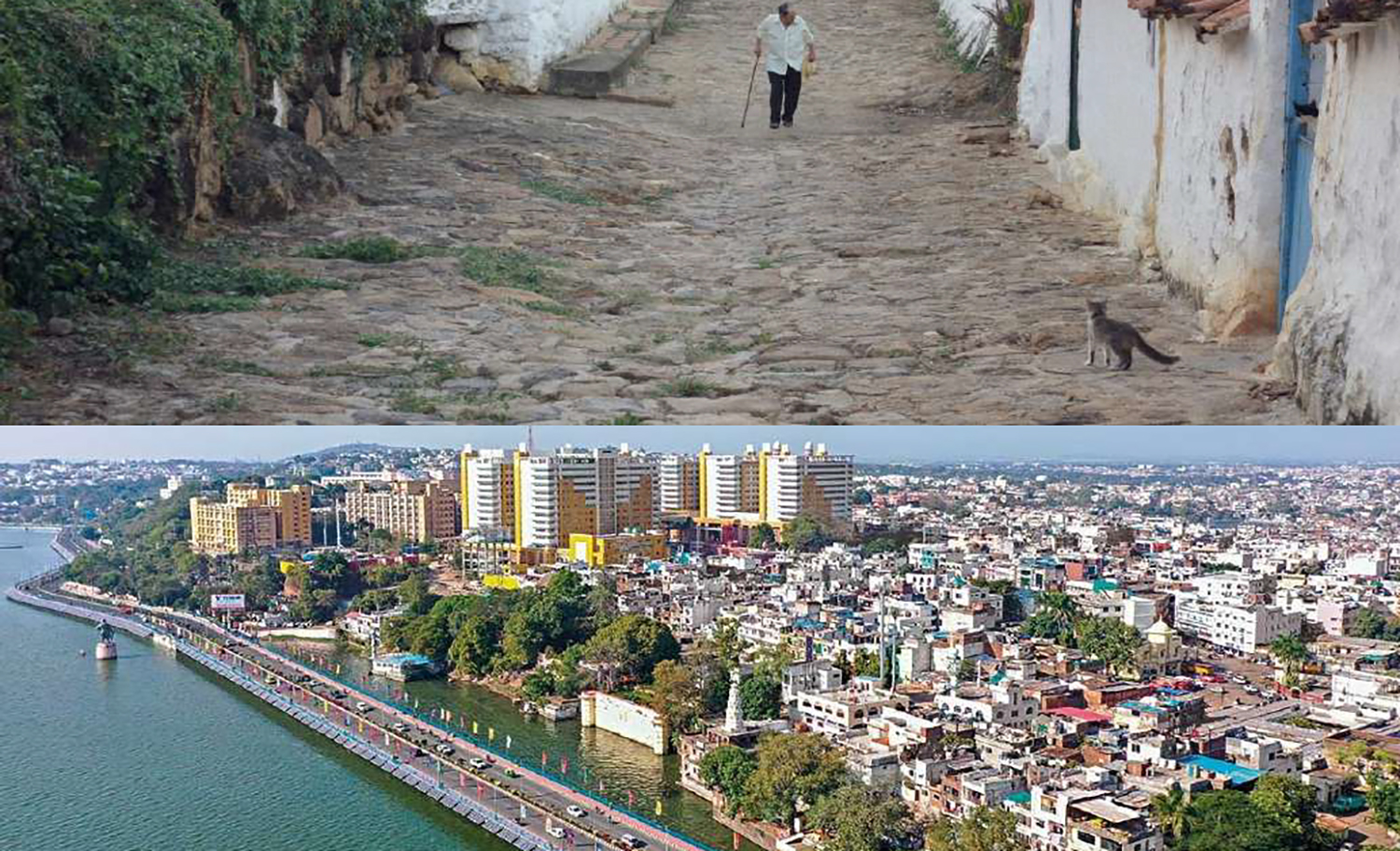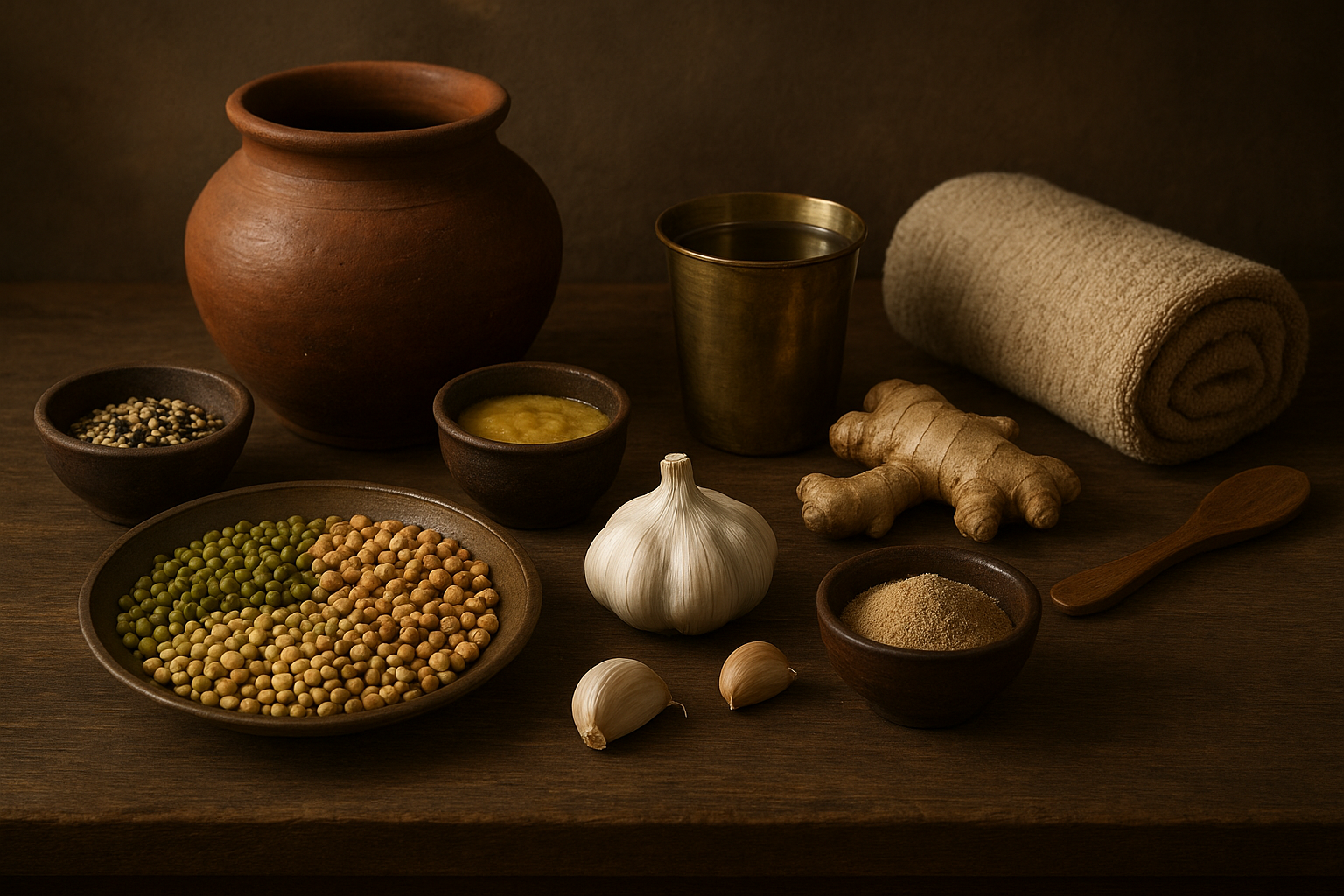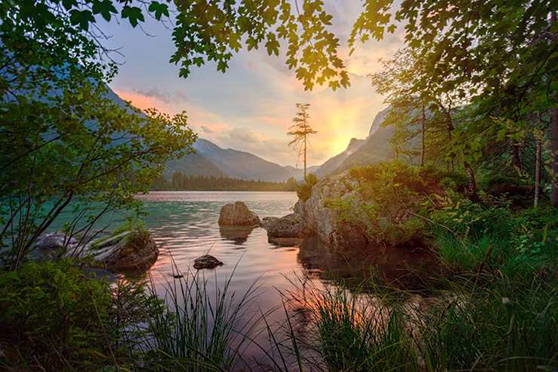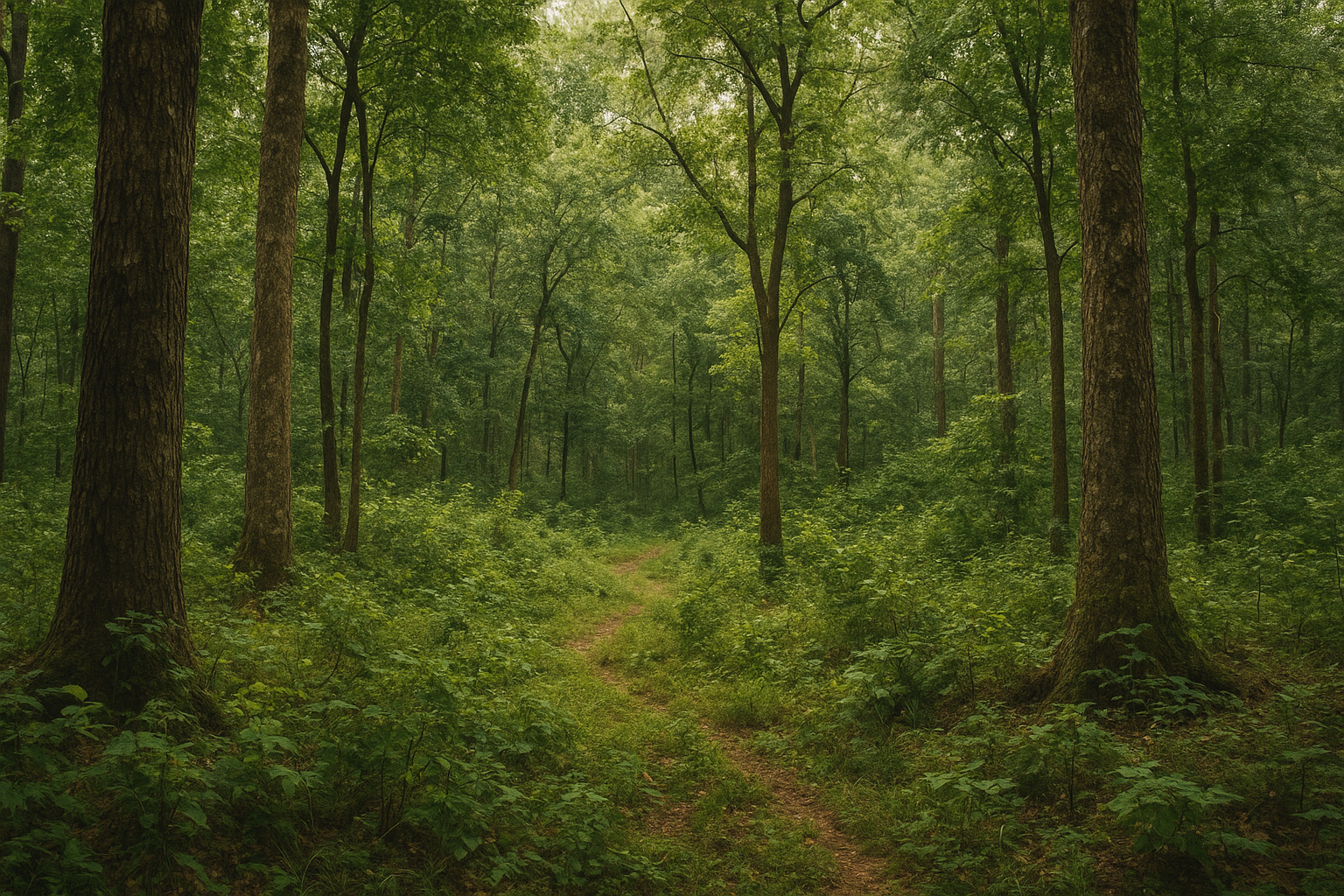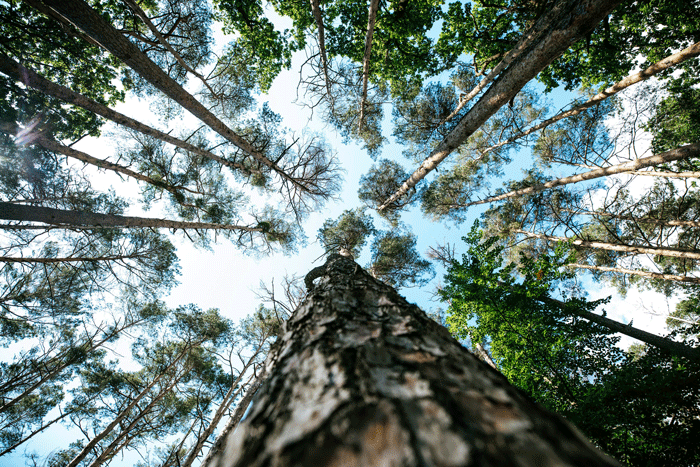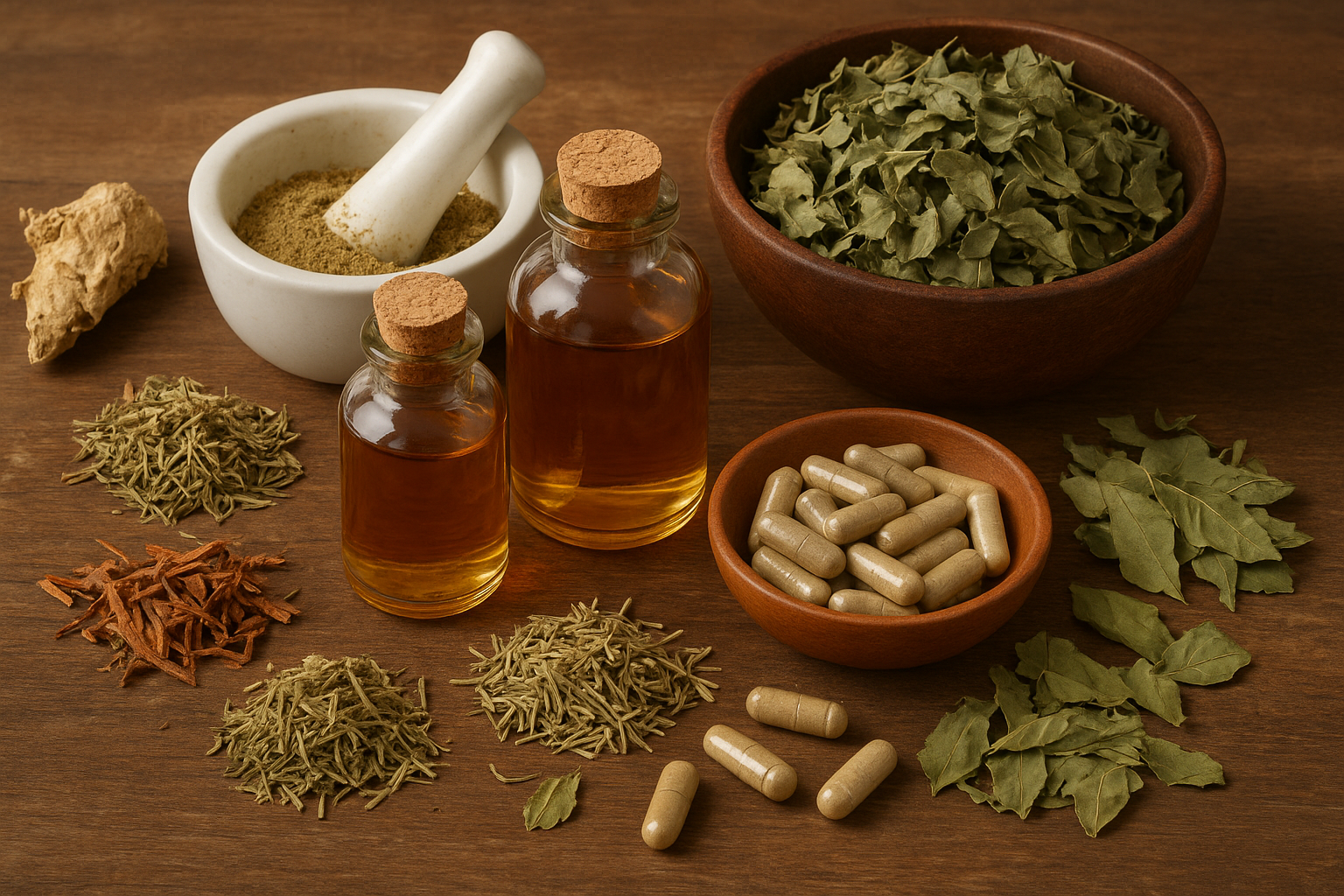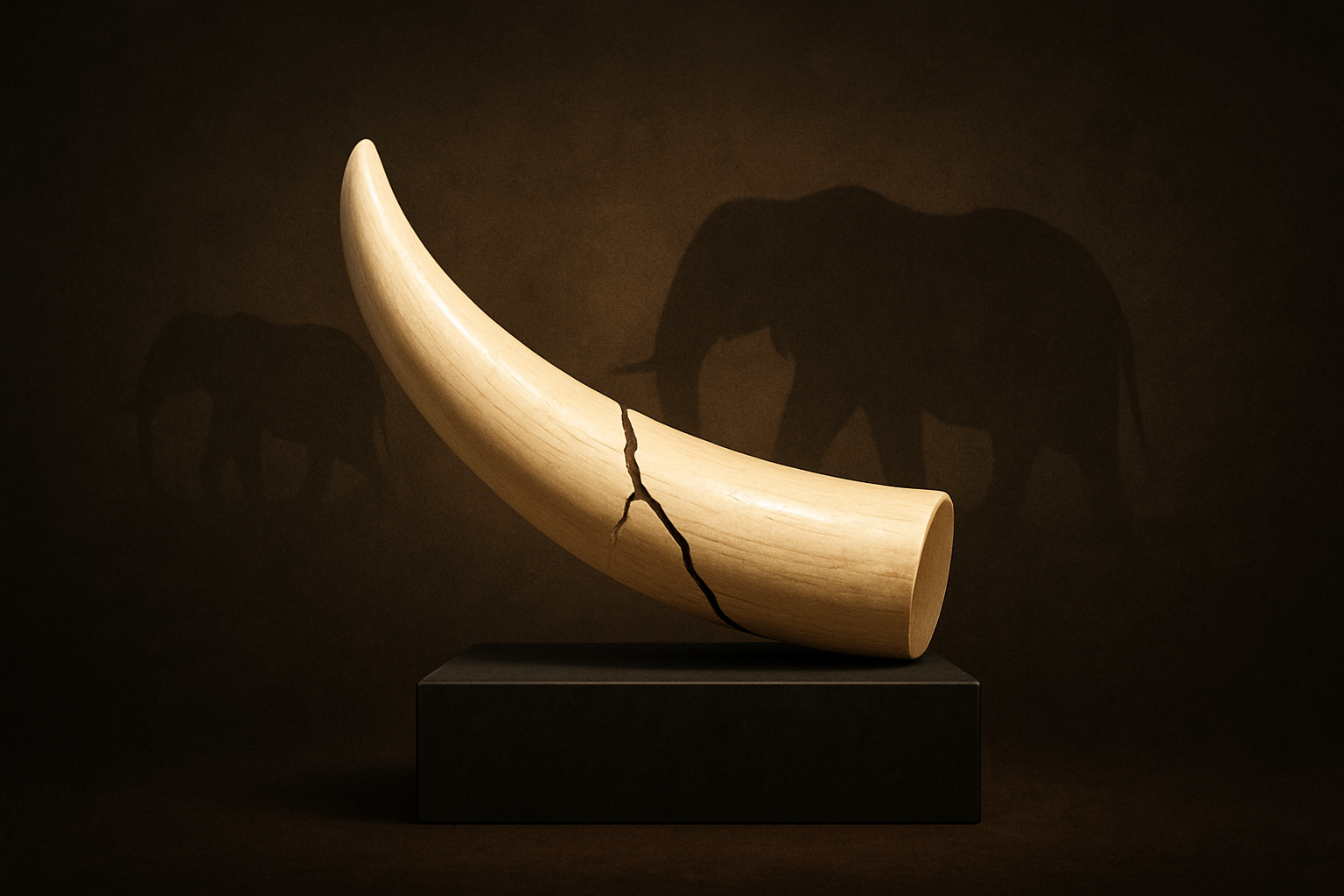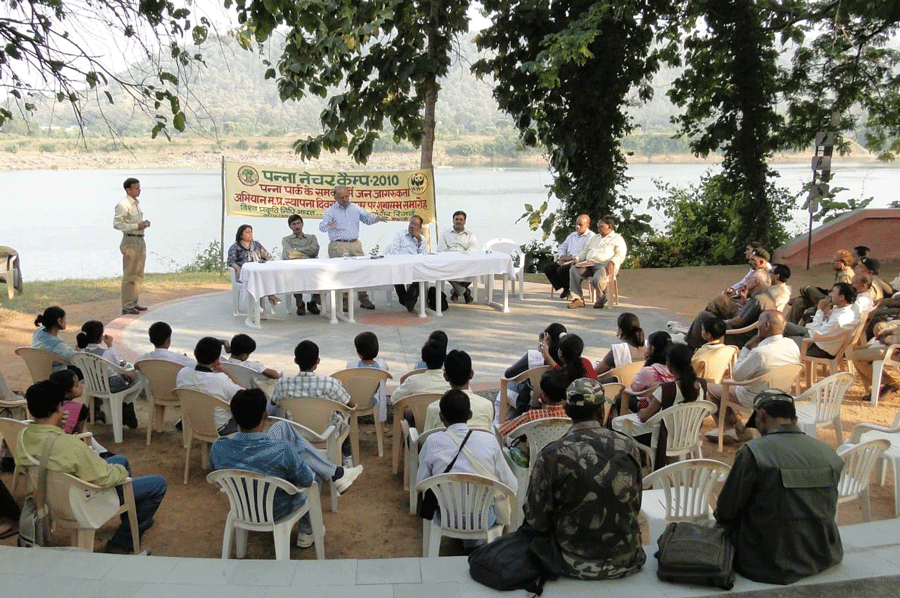GREEN BELT DEVELOPMENT ON DIVIDER STRIP, INTERSECTIONS AND ROUNDABOUTS OF HIGHWAY
Dr. Kumud Dubey, Mr. K.P. Dubey
G reenbelts, locally known as “Harit Patti” are established to control air pollution mainly due to vehicle fuel combustion and dusts. These greenbelts are being developed on divider strips, Intersections and Roundabouts of Highway with plantation of specific plant species capable of absorbing air pollutants. Leaves in plant foliage captivate pollutants on their surface and efficiently decrease pollutants present in surrounding air. Generally these adsorbed pollutants are assimilated in the metabolic pathway of plant species and the surrounding air is purified. Plantation grown to function as pollution sink are communally referred as greenbelts / Harit Patti (हरित पट्टी). An important aspect of a greenbelt is that the plant species are with varying capacity limit towards the air pollutants and it’s effectivity only depends on their tolerance limit to pollutants. Apart from function as pollution sink, greenbelt would provide other benefit like aesthetic beauty of the area and providing suitable habitats for birds and animals. Selection of Plant Species for Establishing Greenbelts.
The main selection criteria of plants to function as pollutant scavenger are its capability of interaction to air pollutants, sensitivity to pollutants, climatic conditions of particular area where Greenbelt has to be established, place of plantation and soil characteristics of that area. While selecting plants species for green belts, due consideration has to be given to the natural factor of bio- climate. Xerophytic plants like Cactus are not necessarily good for greenbelts; they with their sunken stomata can resist pollution by circumvention but act as poor absorber of pollutants. Character of plants mainly considered for affecting absorption of pollutant gases and removal of dust particle are as follows:
For absorption of Gases
1. Tolerance towards pollutants
2. Plant species with longer foliage age.
3. Freely exposed foliage
4. Adequate height of crown: it depends upon the place of plantation.
5. Plant species with open foliage canopy so that can capture more volume of air
6. Big leaves (long and broad laminar surface)
7. Large number of stomatal apertures
For Removal of Suspended Particulate matter
1. Height and spread of crown should be in range of particulate pollutants.
2. Leaves supported on firm petiole
3. Abundance of surface on bark and foliage
4. Roughness of bark
5. Abundance of axillary hairs
6. Hairs or scales on laminar surface
7. Protected Stomata
Recommended Plant Species for Green Belt Development: The following trees and shrubs are suggested for green belt development within the plant premises. The highlighted species are more suitable for plantation as well as for prevailing dust emission.
Table: Recommended Plant Species for Green Belt Development along the Boundary of As a Wind Barrier As Well As To Prevent Dust Pollution:
| Sl .No. | Name of Species | Local Name & Suitability |
| 1 | Washingtoniafilifera | California Fan Palm Decorative Flowering Plant |
| 2 | Tecomastans | Tecoma, Yellow Elder Yellow Colour Flowering Plant for Good Aesthetic Beauty |
| 3 | Tecomastans (hybrid) | Ticoma/Gori Chori / white Bell” white Flower” Decorative Flowering Plant |
| 4 | Tecomacapensis | Orange Tecoma / Honeysuckle Decorative Flowering Plant |
| 5 | Tabernaemontanacoronaria nana (TMC) | Chandni/Jasmine/Tagar Decorative Flowering Plant |
| 6 | Thevetianeriifolia /Thevatiaperuviana | Yellow Oleander/Yellow Kaner Flower Decorative Flowering Plant |
| 7 | Murrayapaniculata | Indrabela / Kamini/Orange Jasmine Flower Decorative Flowering Plant |
| 8 | Coliandracalothyrus | Red Powder Puff Plant/Fairy Duster Plant Decorative Flowering Plant |
| 9 | Bougainvillea species | Paper leaf plower, Bougainvillea, Small Flowering Shrub Decorative Flowering Plant with Yellow White, Red, Pink, Orange & Multi Colouretc |
| 10 | Clerodendroninerme | Inerme / Bhant Plant Decorative Flowering Plant/ Good Evergreen Fence/ Hedge Plant |
| 11 | Ixora species | Tropical flowering shrub |
| 12 | Acacia leucophloea | Tropical flowering shrub |
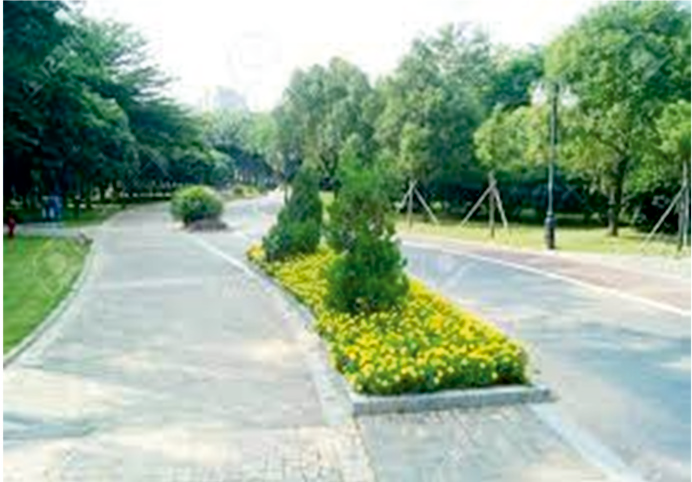
In addition to above species, few species like Arelia species, Adenium species, Aglonaema species, Croton species, Cypreus species, Duranta Gold, Duranta Green & Bar Mehndiamy also be planted as hedge. On crossings, Intersections, Roundabouts & Rotary Islands, small trees like Drooping Ashokapendula, Austrialanbabool(Acacia auriculiformis), Saptaparni (Alstonascholaris)Yellow Flowers (Cassia fistula), Harsingar, Kachnar(Bauniniarecemosa), Palms, White Temple Tree (Plumeria alba), Pink Cassia (Cassia javanica) Red Temple Tree (Plumeriarubra), Sawani&Tecoma may also be planted.
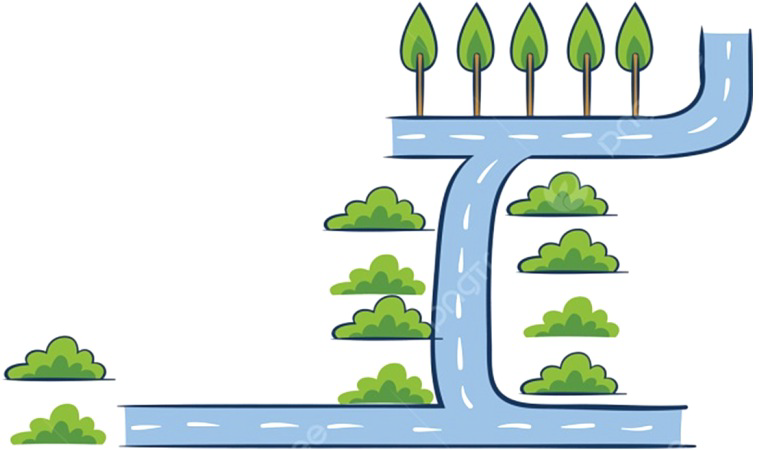
The plant species identified for greenbelt development can be planted. The choice of plats for green belt should include shrubs and trees as per requirement and designs. The melding of trees and shrubs should be such that the foliage area density in vertical is almost uniform. The pit size has to be either 45cm * 45cm * 45cm or 60cm * 60cm * 60cm bigger pit size will be considered at marginal and poor quality soil. Soil used for filling the pit should be mixed with well decomposed farm yard manure. The filling of soil has to be completed at least 5-10 days before actual plantation. Good quality of seedlings of identified species should be planted in each pit with the commencement of monsoon season. Provision for regular and liberal watering during the summer period during the establishing stage of the plant is prescribed.


(WL & CWLW) UP Environment,
Forest and Climate Change Department, Lucknow


